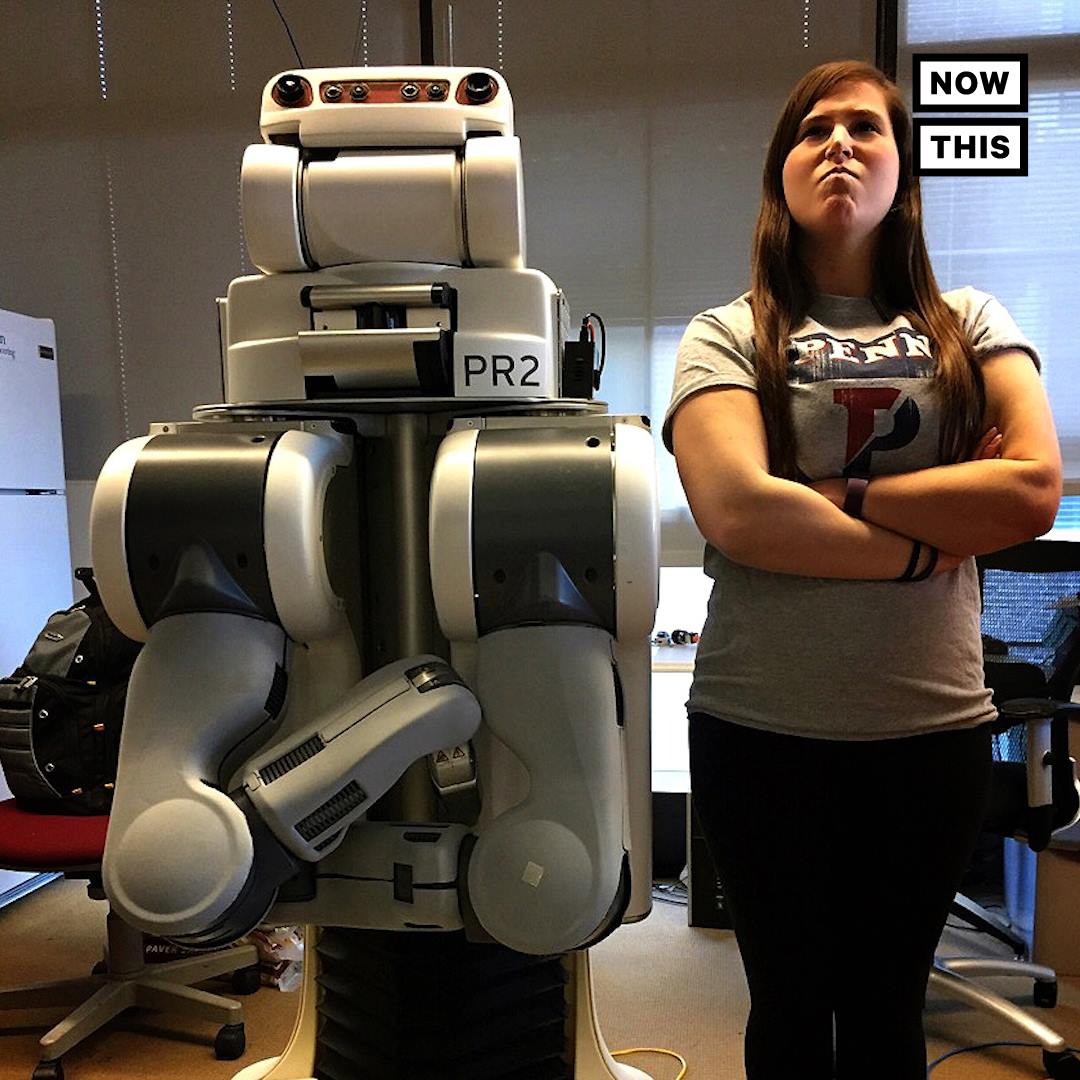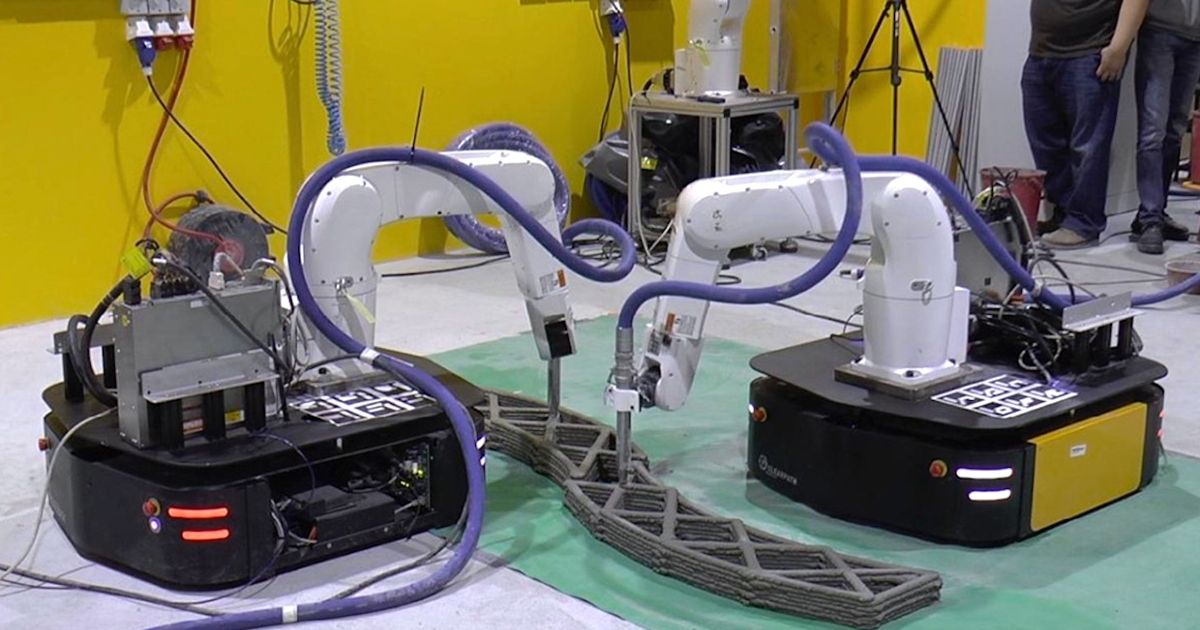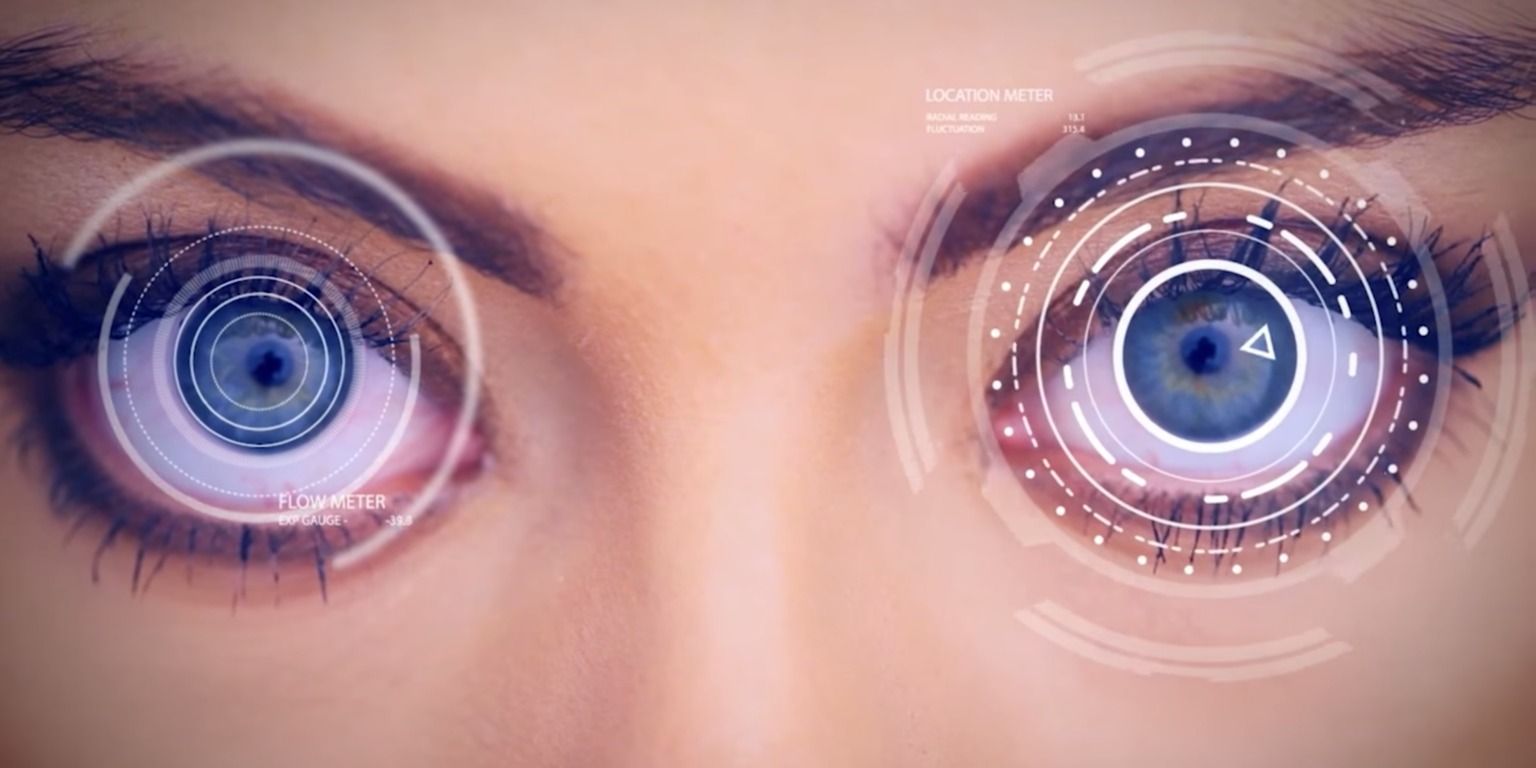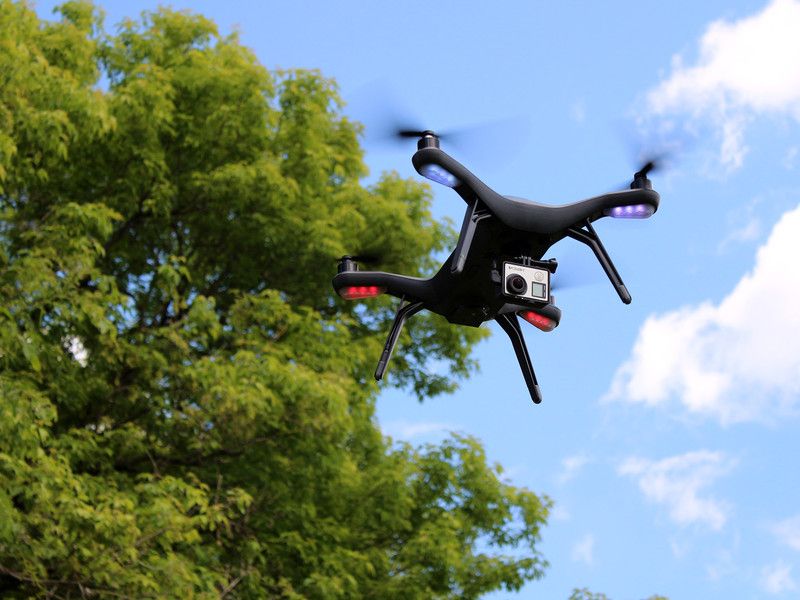Page 9248
Sep 9, 2018
Mobile Robots Cooperate to 3D Print Large Structures
Posted by Shailesh Prasad in categories: 3D printing, robotics/AI
Sep 9, 2018
This new AI can track 200 eye movements to determine your personality traits
Posted by Shailesh Prasad in category: robotics/AI
German scientists developed software that can detect character traits through eye-tracking, according to a new study. Using over 200 actions, such as the frequency with which a person blinks, researchers found links between eye movements and personal traits, allowing the software to do the same.
Sep 9, 2018
Holographic “digital wife” now on sale for $1352
Posted by Shailesh Prasad in category: materials

Gatebox’s Boku no Yome (“My Wife”) has been released in mass production for 150,000 yen (US$1,352). The holographic character stands about 8 inches tall and talks to her husband from behind a cylindrical plastic barrier. In addition to the upfront cost for Boku no Yome, husbands must pay a subscription fee of 1,500 yen (US$13.52) per month to keep their wife from getting outdated.
Sep 9, 2018
Facebook’s AI Just Set A New Record In Translation And Why It Matters
Posted by Shailesh Prasad in categories: information science, robotics/AI
A new AI algorithm developed at Facebook could enable translating between obscure languages and across disparate domains.
The rules around where and when you can fly a drone out in the wide, wide world can seem a little daunting, but there are a few great tools out there to help you figure it out.
Sep 9, 2018
Cosmic uncertainty: Is the speed of light really constant?
Posted by Genevieve Klien in category: futurism
The universe’s ultimate speed limit seems set in stone. But there’s good reason to believe it might once have been faster – and may still be changing now.
By Stuart Clark
The speed of light in a vacuum is the ultimate cosmic speed limit. Just getting close to it causes problems: the weird distortions of Einstein’s relativity kick in, so time slows down, lengths go up, masses balloon and everything you thought was fixed changes. Only things that have no mass in the first place can reach light speed – photons of light being the classic example. Absolutely nothing can exceed this cosmic max.
Continue reading “Cosmic uncertainty: Is the speed of light really constant?” »
Sep 9, 2018
The Alzheimer’s Hypothesis
Posted by Nicholi Avery in categories: biotech/medical, neuroscience
A detailed analysis of Alzheimer’s disease.
Alzheimer’s disease was first discovered in 1907 in a 51 year old woman by the German physician Alzheimer. One of the first changes noticed was an eruption of jealous feelings towards her husband. It wasn’t long before symptoms of rapid memory impairment were observed. The impairments prevented her from finding her way out of her home, She hid herself, she would drag objects to and fro, and occasionally screamed because she believed people were out to kill her.
When she was institutionalized her gestures would show a complete helplessness. As common in most Alzheimer’s patients, she was disoriented as to time and place. At times she would state that she didn’t understand anything, felt confused, and totally lost. When the doctor came in to see her she would consider it as an official visit and would apologize for not having finished her work. Other times she would be terrified and start to yell that the doctor wanted to operate on her. Other times she would send him away in complete indignation uttering phrases indicating that she was afraid that the doctor wanted to damage her woman’s honor. At times she would become completely delirious, dragging her blankets and to and fro, calling for her husband and daughter, and seeming to experience auditory hallucinations. She would often scream for hours and hours in a horrible voice. Mental regression advanced quite steadily. After four and a half years of illness the patient finally died.

















